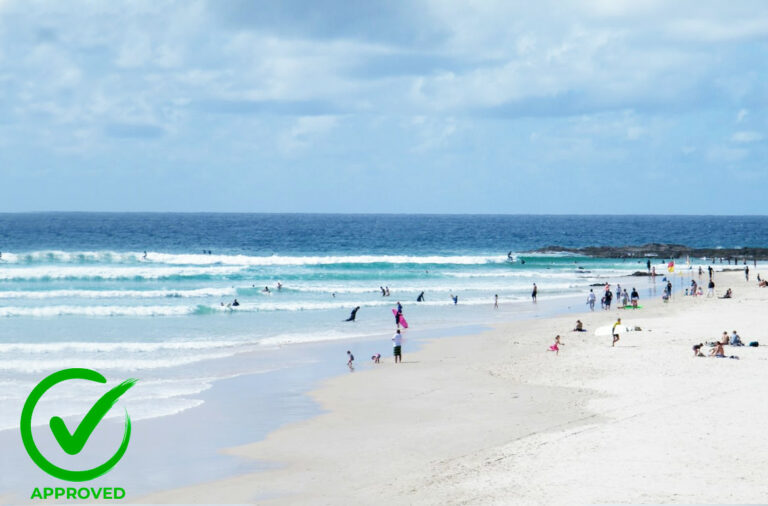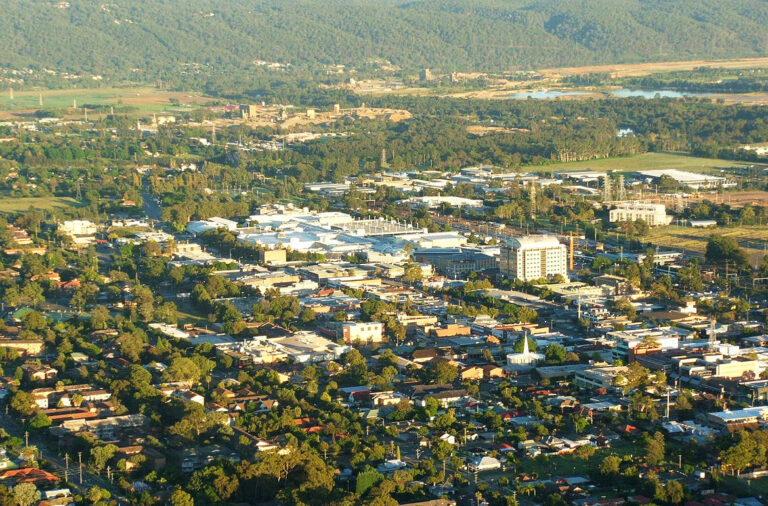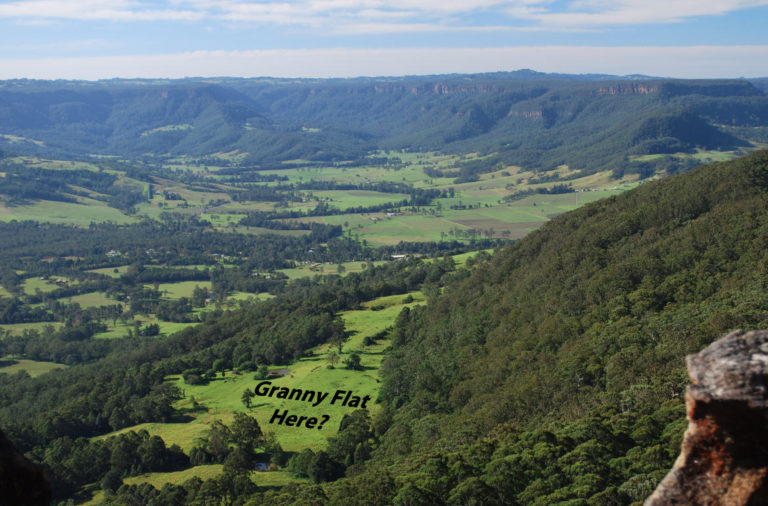
Either when building, or after you have built a granny flat, you may be asked to pay quite a generous fee to your council. This is called the Section 7.11 / Section 94 Contributions plan. So, what is a Section 94?
It is a payment that goes towards building public amenities and providing services within the area. The Section 7.11 Contributions plan was formerly known as, and still named by some Councils as, the Section 94 Contributions Plan.
Today I will discuss the fees and contributions payable for a granny flat.
DON'T PAY A FORTUNE FOR YOUR GRANNY FLAT. Find out how to deal with council and build a granny flat for the lowest cost possible. Learn More.
I will talk to you about how if the Section 7.11 Contributions plan differs from the Section 94 Contributions plan. I will provide you with examples of fees paid as contributions.
Lastly, I will discuss whether you can refuse to pay this Contribution, and what will happen if you don’t.
What are the Fees and Contributions for a Granny Flat (How are They Calculated)?
The rates for a Section Contributions plan are calculated by:
- The growth the population is likely to get to in future within the area.
- Identifying the works and services that will be required for this future population, and costing these.
- A cost per person currently in the area to provide the necessary facilities is then established.
- This is then connected to a cost per dwelling within the area at the present time.
- The contributions are then charged on a per dwelling basis.
- As such, how many rooms your flat has is also calculated.
Charges differ dramatically from council to council due to the current population and expected population growth.
So, I definitely recommend that you contact your local council for a firm quote of what these contributions may be for your area.
Section 7.11 Contributions, and How They Differ from Section 94 Contributions
Section 94 and Section 7.11 Contributions are pretty much the same thing. The Environmental Planning and Assessment (EPA) Act 1979 was amended on 1st March 2018.
When this occurred, what was once called the “Section 94” plan was changed to the “Section 7.11” plan.
This name change made sense, as Section 7.11 of the EP&A Act, 1979 enables:
- The appropriate authorities (usually local Councils) to levy developer contributions.
We now have a lot of Section 7.11 Contributions plans across our country, in certain Council areas. However, some plans are still called the ‘Section 94 Contributions plans’.
These plans need to be formally reviewed, and then their names will be changed to ‘Section 7.11 Contributions plans’.
So, whether you have been imposed with:
- A Section 7.11 Contributions plan
OR
- Section 94 Contributions plan
They are both your Contributions to your local Council.
Some Councils impose these Contributions prior to the development of granny flats. In some cases, this can be thousands of dollars you will need to pay in contributions before you begin building.
This is all due to the fact that the contributions will need to be paid before you receive the approval that you require to build your granny flat.
But the majority of the time, the contributions are a regular payment to your local Council to help fund the costs of additional services and infrastructure that are required as a result of a development.
A common example for a new house build for instance is council making you pay for the footpath out the front of your property.
Examples of Fees Paid as Development Contributions
As mentioned, Contributions change dramatically from council-to-council due to how the costs are calculated. However, I will provide an example of a list of several Councils and their Contributions fees.
Please refer to the examples below and you will notice the difference of thousands of dollars in charges between Councils. These example prices are set to change dependent on council.
However this guide can be quite eye opening to the costs involved (which are not covered by a building company at all)
Blacktown Council : $4,200
The Hills shire Council: $10,400
City of Willoughby: $0
As you can see, the prices vary dramatically from location to location.
*Please note – As Councils are constantly reviewing their costs, the charges provided are subject to change. These fees above are relevant to this time of writing.
What Does the Greater Community Get/Benefit from a Section 94 Contribution?
The Section 94 / 7.11 Contributions plan provides for the development of both urban and rural areas.
The Contributions are used for public amenities and services, such as:
- Sporting and Recreational facilities
- Library resources
- Community facilities
- Transport and Traffic Management
- Roads
- Bushfire Protection
- Plan Administration and Management
- Open space improvements
- New residents’ kits
- Cycling paths
- Car parks
- Civic improvements
“Nexus” plays a big role in the plan.
Nexus is:
- The relationship between the expected types of development in the area
AND
- The demonstrated need for additional public facilities created by those developments.
Clause 27(1)(C) of the EP&A regulation states that Nexus must be satisfied.
However, a solution of exactly how to do so is yet to be found.
There is a relationship that has been noticed between expected development and the increased demand for public facilities. But, as long as a connection can be made between the demand created and the facilities provided, Nexus has been satisfied.
Instead, it is believed the concept of Nexus should be discussed in terms of whether the:
- Anticipated development actually creates a need or increases the demand for a
particular public facility - What types of facilities will be required to meet that demand
- Whether existing facilities are suited to providing for that demand (or at least a part of
it) - When they are going to be able to meet the demand (i.e. thresholds or timing)
- Whether existing facilities have enough spare room to accommodate future demand
Can You Refuse to Pay this Contribution? What Happens if You Don’t?
No – the Section Contributions can be imposed on you, as long as your local Council has a reason to believe that your development will or is likely to require the provision of or increase the demand for public amenities and services.
Also, depending on your local Council, you may have to begin paying the Contributions right away. Before they will issue you a Development Application (DA) certificate which is also before you can undertake the building of your granny flat.
As Section 94 of the EP&A Act gives the appropriate authorities the power to require Contributions to consent development.
This power generally comes from your local Council, and the contributions can be:
- Monetary contributions
- The dedication of land free of charge
- Material public benefit
- A combination of some or all of the above
- The contributions are payable as a condition of development consent.
- The amounts may impact the feasibility of your project.
So, I strongly suggest you contact your local council for a quote to see what you will be expected to pay in Contributions.
- A monetary contribution payment plan
- This would apply instead of any future plan being taken on under a new Contributions plan.
Conclusion
The Section 7.11 Contributions plan was formerly known as and is still referred to by some Councils as the Section 94 Contributions plan. It is often referred to as a local infrastructure Contributions, as it is paid to your local council, either when:
- Building a granny flat, as, depending on your Council, you may need your Contributions prior to obtaining approval for development
OR
- Once the granny flat is built, and your Council has reason to believe that your development has increased the demand for:
- Public facilities and public services within the area.
Payment of Contributions goes towards providing new public amenities and public services, including:
- Open Space, Sports and Recreational facilities and improvements
- Libraries and their Resources
- Plan Administration and Authority
- Community Infrastructure
- Transport, Traffic Management, Roads, Bike Paths and Car Parking
- Bush-fire Protection
- Welcome to new residents’ kits
- Rural or urban improvements
The Environmental Planning and Assessment Act, 1979 refers to exactly how this must be satisfied.
However, there is a strong relationship between the expected development and demand for these facilities that is yet to be resolved.
Prices for Section 94 / 7.11 Contributions vary dramatically from council-to-council, as they are based on:
- The areas’ current population
- The likely future population within the area
- The demand and costing for works and services needed by this expected future population
The cost is then calculated per person to provide the required facilities, and then charged by a cost per dwelling. As such, the amount of rooms in your granny flat will also heavily impact the price of your Section Contribution.
Prices can be quite high and may have repercussions on the viability of your project, as they must be paid.
Your local Council has the power to impose the charges on you, and you can pay them with:
- Monetary payments
- Bestowing land (at no cost)
- Material public benefit
- A mixture of some or all of the above
Prices also vary dramatically due to how they are calculated, in some cases:
- Lower charges being $0 to $500 for a 2-bedroom granny flat
- Higher charges reaching $16,000 or even $21,000 for a granny flat the same size for some councils
As such, I strongly suggest that you contact your local Council for your own quote before beginning your project. As you might be pleasantly surprised that there may be no cost at all.












